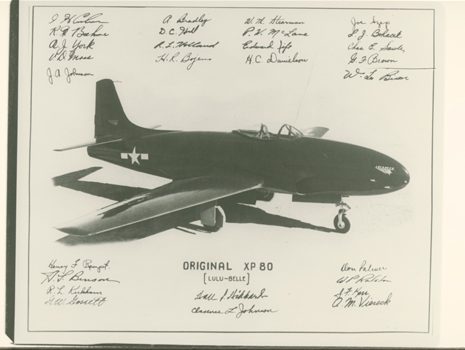
Kelly Johnson’s Skunk Works delivered the U-2 in eight months in 1955. It was a genuinely revolutionary aircraft that could fly at 70,000 feet and photograph the Soviet Union. And they did it with slide rules and drawing boards.
Now, apparently we’re supposed to celebrate two years to get a “collaborative combat aircraft” (which sounds like consultant-speak for “drone”) into the air, with all our modern CAD tools, simulation software, and manufacturing capabilities. Uh huh, ok USAF.
“This is More Air Force in action,” said Air Force Chief of Staff Gen. David Allvin. “We’re not just moving fast — we’re learning fast. CCA will help us rethink the battlespace, extend reach, flexibility and lethality in combat operations, and optimize warfighter performance through human-machine teaming.”
Totally. In other words, it’s a radio controlled airplane of the 1930s. The enemy must be so scared.
Johnson would’ve revealed “It takes pictures the Russians can’t stop” and walked away. This is like watching the brass pour alphabet soup into a blender and then forget how to turn it off.
The U-2 was more than just fast development, it was hard development. They pushed absolute limits of what was physically possible with materials and engines of the era. This thing… we don’t even know what it’s supposed to do besides “collaborate” and “operate alongside” other aircraft increasing complexity and cost of operation.
Correction. It’s a participation medal robot. And to be honest, at first glance, I smell a Nazi V1 design error already.
The Nazis sold the deeply flawed V-1 as revolutionary autonomous aircraft technology right up until people realized it was an expensive way to maybe hit London if the wind was blowing the right direction. At least the V-1 had a clear mission: blow stuff up in roughly the right area. This “collaborative” spiel sounds like management consultants who find new ways to make a mess and avoid accountability by “optimizing performance through teaming.”
Lowering the bar comes to mind. When engineering management can’t deliver results, they sometimes move the goalposts to where just showing up becomes their achievement. “We didn’t take three years!” becomes the win condition instead of “We built something that fundamentally changes air combat.” You are only allowed to measure things that are self-evident and irrefutable noise.
The fact that they’re more excited about their acquisition process than their aircraft tells you everything.
Kelly Johnson would’ve been embarrassed to hold a press conference about procurement methodology while the actual plane needed for war was still a concept unable to deliver a win. He would say “It flies higher and farther than anything else.” This PR puff says “enables rapid transition of combat power upon delivery”, a fancy way of saying “we’ll deliver when we deliver, sign here please”.
Let’s cut to the chase. “Human-machine teaming” isn’t a capability, it’s a cynical liability distribution strategy to protect the men playing golf during go-time. When a machine inevitably fails, brass can release “teaming” chaff at investigators and accountants hot on the trail of dead pilots. Was it a human’s fault for not collaborating properly? The machine’s fault for not optimizing correctly? Tesla has proven the absolute stupidity of such a metric, killing hundreds of civilians unnecessarily.
The U-2 is still flying 70 years later, yet we have to wonder if anyone will remember these YALPHABET-42SOUP drones by next year. Can they survive modern contests, advance under fire and collaborate out of mixups, without defunding every public school in America let alone killing their own “collaborators”?
See you at the white board.